Chapter 1: Introduction
Chapter 2: Annual catches and overview
Chapter 3: Actual fishing method
Chapter 4: Attention to equipment
Chapter 5: The ecology of Kokanee in my home lake (Lake Numazawa, Fukushima Prefecture)
Chapter 6: Enjoying Kokanee
Chapter 7: Conclusion
Chapter 3: How to Actually Fish
Section 1: Detecting the School
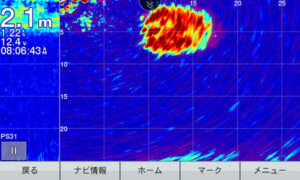 The biggest feature of this fishing method is its ability to detect schools of fish in front of you in real-time, unlike conventional fish finders.
The biggest feature of this fishing method is its ability to detect schools of fish in front of you in real-time, unlike conventional fish finders.
Garmin’s forward-looking sonars include the earlier PS31 and the newer LiveScope. While LiveScope has higher resolution, its forward-detection range was shorter than the PS31 (note: the latest models have an equal or greater range).
Kokanee, or kokanee, usually move in schools, although this can vary by season. You can detect schools estimated to have hundreds of fish. The larger the school, the higher the reaction rate to the sabiki rig, so it’s crucial to find the largest schools possible.
The PS31’s detectable range is generally 50-70 meters, so you’ll first look for fish echoes in that range. Initially, the schools will appear as a bunch of white, linear lines.
Section 2: Approaching the School
 Once you detect a school in front of you, you’ll operate your kayak to approach it. The fish finder shows your relative position to the school, giving you a clear direction to move.
Once you detect a school in front of you, you’ll operate your kayak to approach it. The fish finder shows your relative position to the school, giving you a clear direction to move.
There are three patterns of school movement: schools moving toward you, schools moving away, and schools crossing in front of you. Of these, schools moving toward you present the best opportunity, as they are the most likely to bite.
Since the swimming routes of kokanee are quite irregular, you need to constantly be aware of the changes in your relative position to the school.
When the school gets closer, slow down your kayak and reduce your forward-detection range to 15-20 meters to observe it in detail. If the school is in a solid mass and you can see individual fish on the outside, you can assume it’s a school of medium-sized or larger fish.
Kokanee that are actively feeding generally swim at 2-3 km/h. The basic approach is to quietly approach them at a matching speed.
Section 3: Timing the Lure Drop
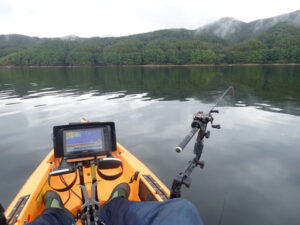 When you are about 4 meters from the edge of the school, drop your rig to the same depth as the school. This timing is the most critical factor that determines your catch.
When you are about 4 meters from the edge of the school, drop your rig to the same depth as the school. This timing is the most critical factor that determines your catch.
While dropping the rig in the middle of the school can sometimes work, the fish are often startled, and the school will split into two.
On the other hand, if you drop a sabiki rig with a metal plate into the kokanee’s line of sight, they will instinctively bite it. This positional relationship between the sabiki rig and the fish is especially important.
Over 95% of bites are “uplifts,” which you can feel as a sudden loss of tension on the rod tip. If you don’t reel in quickly at this moment, you’ll often end up with an omatsuri (tangled lines).
Section 4: Seasonal Considerations
 The information you get from the forward-looking sonar about kokanee schools, such as their swimming depth and school size, varies greatly by season.
The information you get from the forward-looking sonar about kokanee schools, such as their swimming depth and school size, varies greatly by season.
April – Early May: The water temperature is low, and large schools are found around 15 meters deep. In some areas, there may be no schools at all, so efficient point selection is important.
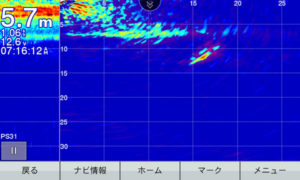 Mid-May – June: Surface water temperatures rise, and schools float up to around 5 meters but tend to scatter. Kokanee are sensitive during this period, and you can often see them diving to escape after sensing the boat.
Mid-May – June: Surface water temperatures rise, and schools float up to around 5 meters but tend to scatter. Kokanee are sensitive during this period, and you can often see them diving to escape after sensing the boat.
July – August: As surface water temperatures rise, they dive back down to around 15 meters. The schools are mainly medium-sized and scattered throughout the lake. Their reaction to the sabiki rig slows down, and they may not bite even with perfect timing. In this case, a big jigging motion can sometimes provoke a reaction.
September: As spawning approaches, large schools become more visible. The number of fish with enlarged eggs or milt also increases. In areas with spawning rivers, there are many mature fish, while on the opposite shore, there are more immature fish, suggesting that they are moving as they mature.
Chapter 1: Introduction
Chapter 2: Annual catches and overview
Chapter 3: Actual fishing method
Chapter 4: Attention to equipment
Chapter 5: The ecology of Kokanee in my home lake (Lake Numazawa, Fukushima Prefecture)
Chapter 6: Enjoying Kokanee
Chapter 7: Conclusion
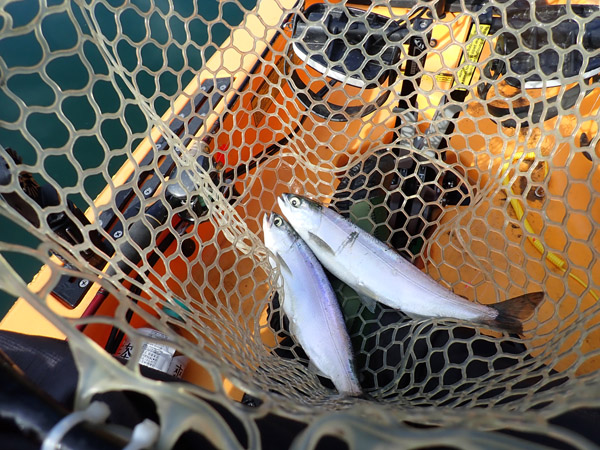
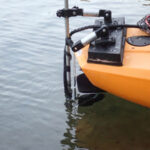


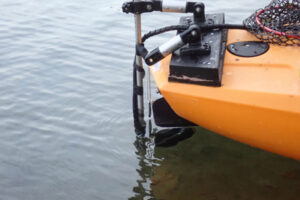

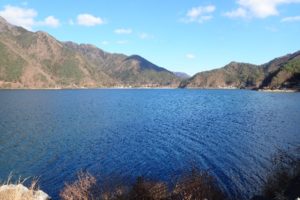
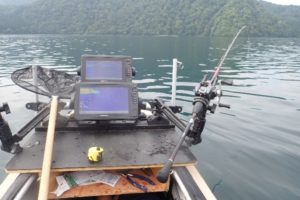
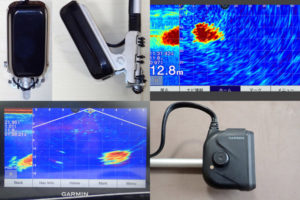

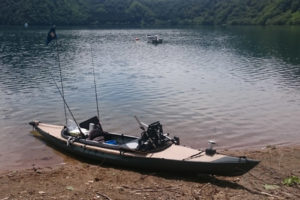
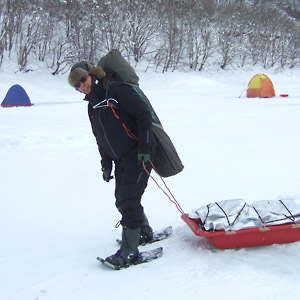
コメントを残す